When I first moved to Switzerland in 2020, I faced the daunting task of selecting vintage furniture for my new flat and integrating my art collection into this new environment, all while considering my evolving taste in design. To me, the style of a living space is akin to a haircut, representing a significant aspect of one’s personality. With Switzerland’s worldwide reputation for experimental, rational, and efficient design, I embarked on a journey of discovery through various design furniture galleries in cities like Zurich, Bern, Lausanne, and Basel, while also scouring several websites for second-hand pieces. Along the way, I encountered numerous brilliant Swiss designers and architects of the 20th century whose creativity and work left an indelible impression on me. I hope my selection can offer inspiration to those in a similar situation or frame of mind.
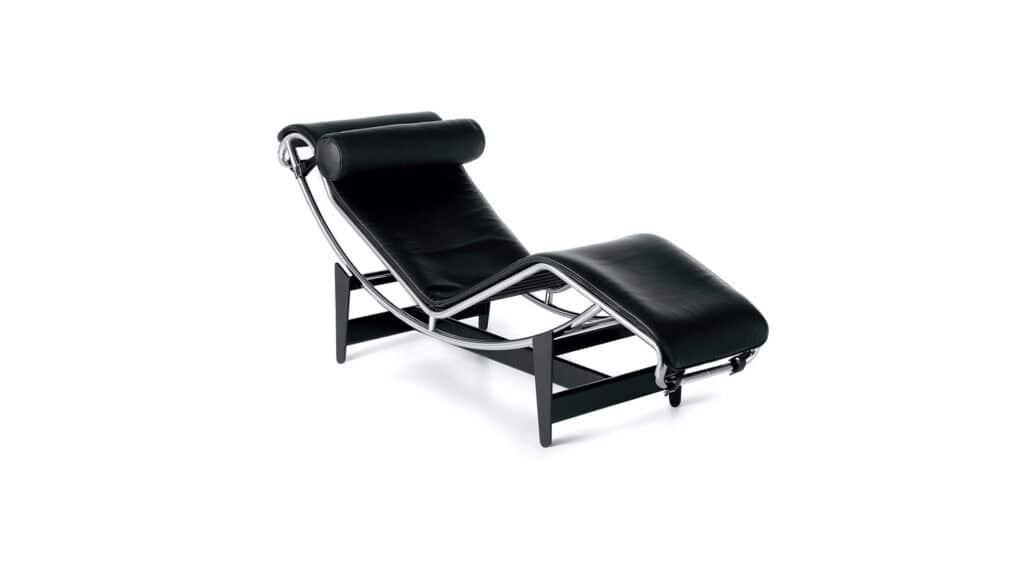
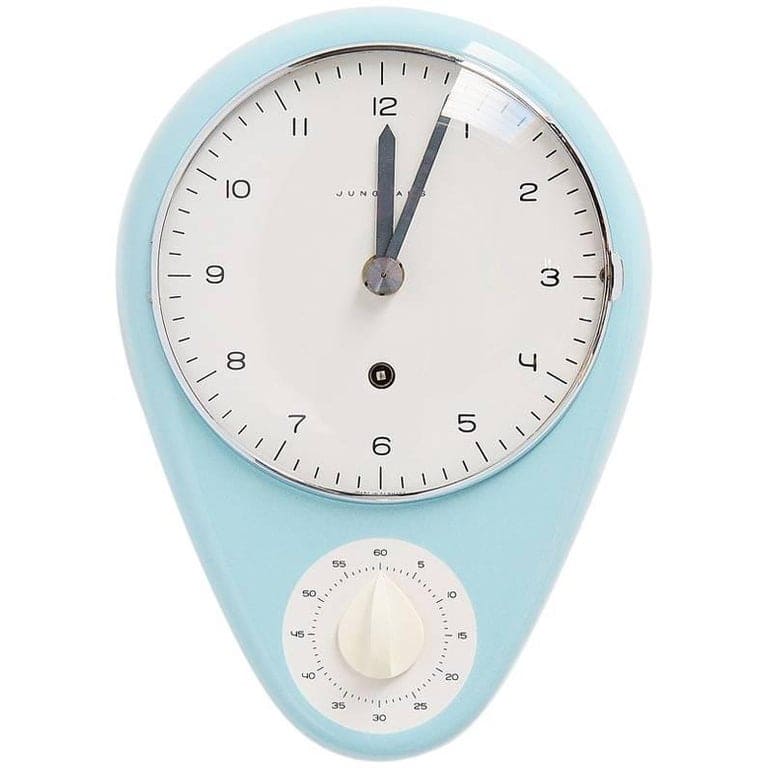
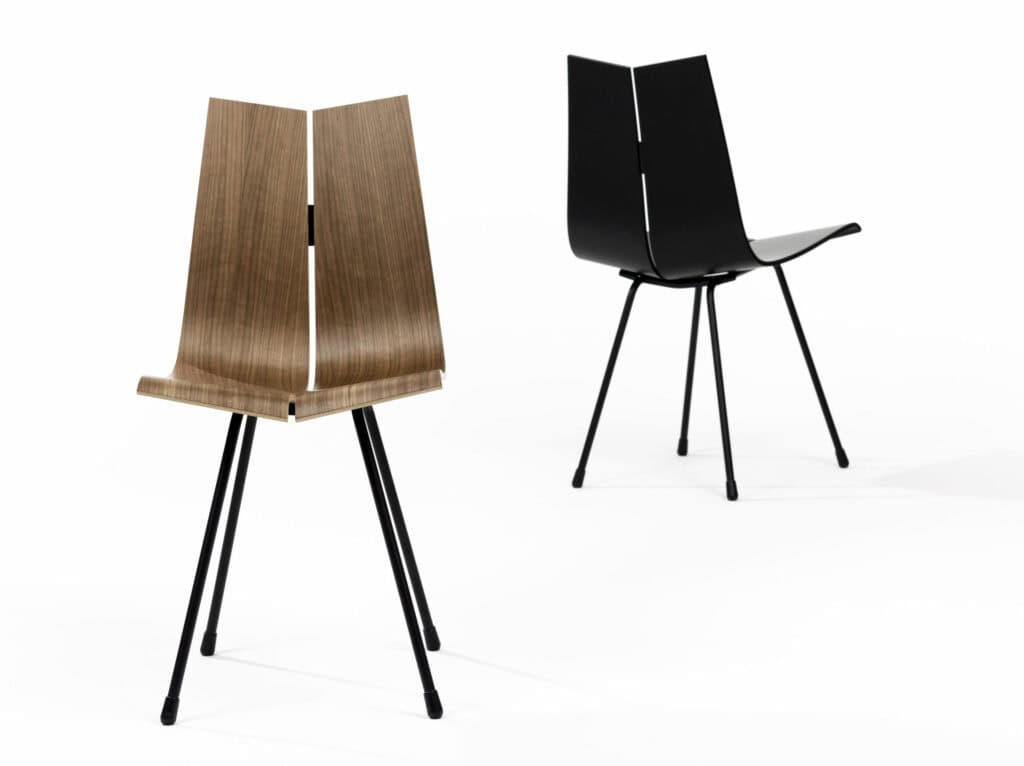
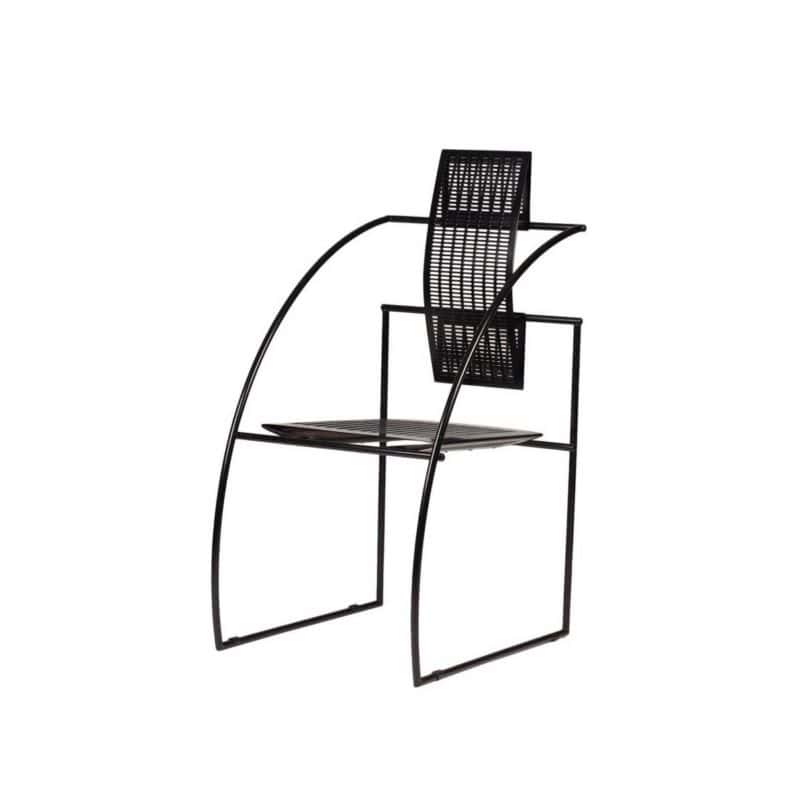
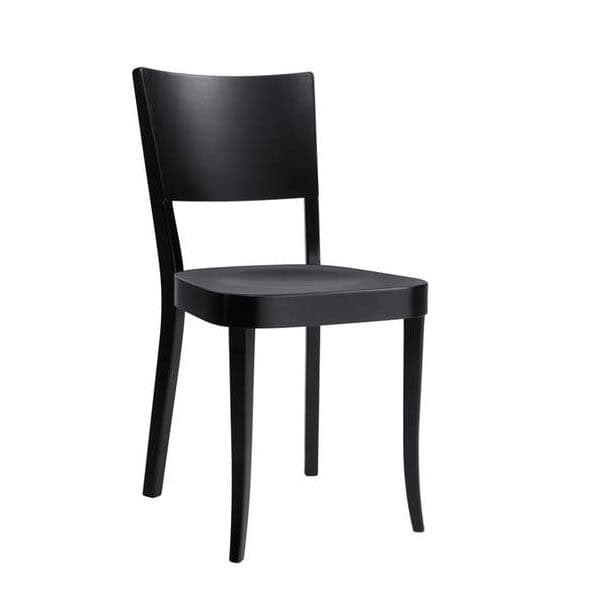
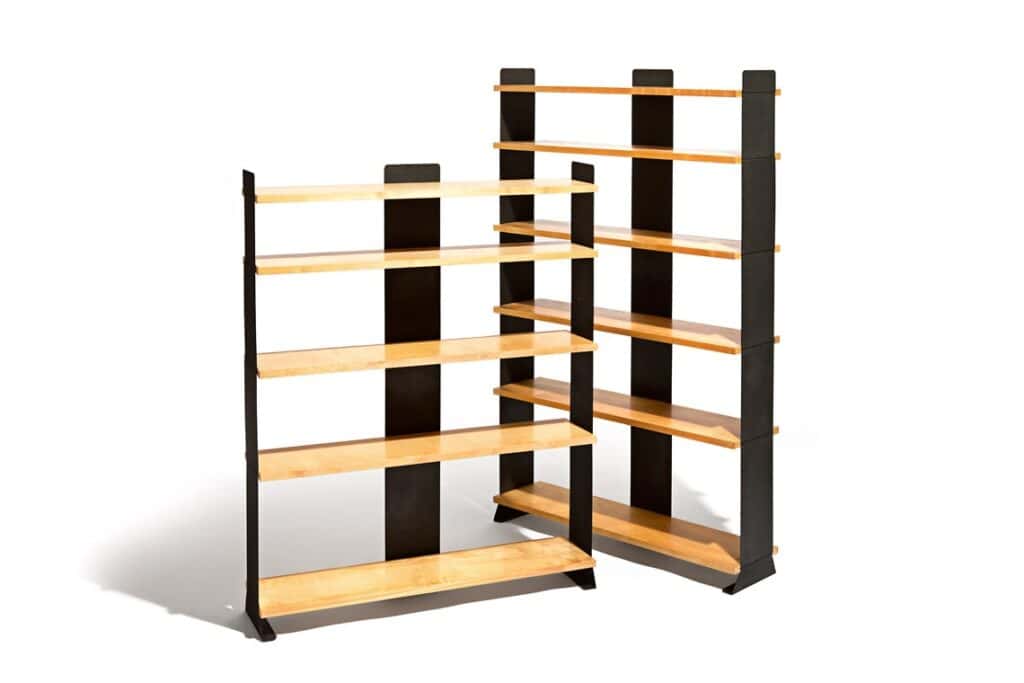



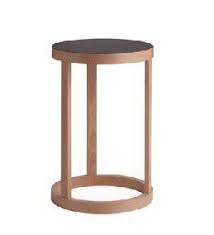





- Charles-Édouard Jeanneret (Le Corbusier) was one of the leading architects of the early 20th century Modernist movement. He thought of homes as machines for living. He was a teacher, a sculptor, a painter and an architect. He was an urban planner and designed entire cities in India. Le Corbusier began experimenting with furniture design in 1928 after inviting the architect, Charlotte Perriand, to join his studio. By 1930 he, along with his cousin Pierre Jeanneret and fellow architect Charlotte Perriand, had launched a line of furniture under the Le Corbusier name. The line has since been expanded, but the distinct chrome plated tubular steel frames of the original LC series are iconic. The LC4 lounge is one of the most recognizable chairs around and the LC-2 and LC-3 ‘great comfort sofas’ have become ubiquitous with modern design. The LC line is still produced by Cassina and the designs are essentially the same as they have been since 1928.
- Max Bill was a Swiss artist and designer who founded the Concrete Art movement. His interpretations of Constructivism through painting and sculpture, integrated the study of both geometry and mathematics into his art practice. “I am of the opinion that it is possible to develop an art largely on the basis of mathematical thinking,” Bill once reflected Today, he is perhaps best remembered today for his chronoscopes (wrist watches) which are manufactured by the Junghans company in Germany. His works are also held in the collections of a number of institutions, including The Museum of Modern Art in New York, the Art Institute of Chicago, and the National Gallery of Art in Washington, D.C., among others.
- Hans Georg Bellmann was born in Turgi in Switzerland in 1911. He completed a three-year apprenticeship as a draughtsman in Baden and in 1931 he started to study at the Bauhaus in Dessau/Berlin. Until 1933 Bellmann attended courses held by Kandinsky, Arndt, Albers and Mies van der Rohe amongst others, following the latter to Berlin after obtaining his Bauhaus Diploma. He returned to Switzerland and until 1938 he collaborated with Wohnbedarf AG in Zurich where he focused on housing and furnishing issues. In 1948 Bellmann set up his own business in Zurich. In 1952 he designed the controversial “Einpunkt-Stuhl” (lit. “one-point chair”) together with Max Bill. The issue was the usage of a wooden seat shell. In 1953/54 Max Bill arranged a lectureship for him in Ulm at the Hochschule für Gestaltung (Academy of Design) on interior design. Bellmann die in Muri, Switzerland in 1990.
- Mario Botta is acclaimed worldwide for the numerous private houses and company buildings he designed in Switzerland and Italy. Among Mario Botta’s most important public buildings are the Cathedral at Evry (1988-90), the San Francisco Museum of Modern Art (1990-95), and the Tinguely Museum in Basel (1995-96). As an architect, Mario Botta is a leading exponent of what is known as the Ticino School.
From 1982 Mario Botta also worked as a designer, primarily of furniture and lighting. For the Italian furniture company Alias, Mario Botta designed the chairs “Prima” and “Seconda”, the “Terzo” chair, “Quarto”, a piece of seat furniture weighing 23 kilos; they were followed by the “Quinta” chair (1986), and the sofa “Sesto: Re e Regina”, “Vis à vis”, a sofa with a frame of steel tubing, and the “Latonda” chair.
Clear, reduced geometric forms and the use of steel tubing, especially in the chairs he designed, reveal Mario Botta’s close affinities with the Bauhaus tradition. For Artemide Mario Botta designed several lamps, including “Shogun” (1986), which was available as both a table lamp and a floor lamp; “Fidia” wall lighting; “Melanos”, a table lamp; and “Zefiro” ceiling lighting. In 2000 Mario Botta designed the caraffes “Tua” and “Mia” for Alessi as well as the “Tronco” vase in 2002. - Max Ernst Haefeli studied architecture from 1919 to 1923 with Karl Moser at the ETH Zurich. He then gained his first practical experience in Otto Bartning’s Berlin office and in his father’s architecture studio. In 1926 he opened his own architectural office and worked as a furniture designer. From 1930 he also taught construction at the Zurich School of Applied Arts (today’s Zurich University of the Arts). From 1937 to 1975, Max Ernst Haefeli, together with Werner Max Moser (the son of his former university lecturer) and Rudolf Steiger, operated one of the most important Swiss architecture firms of the 20th century.
- The Swiss interior designer and industrial designer Wilhelm Kienzle completed a carpentry apprenticeship in Basel and learned the metal craft before he founded his own design office in Munich in 1908. After long stays in Rome and Paris, he worked in 1914 together with Peter Behrens at the AEG in Berlin. For the Kunstgewerbeschule Zürich, where he taught interior design from 1916 to 1951, Kienzle designed international exhibitions in 1925 in Paris and in 1928 in Stockholm. As a furniture designer, Kienzle was extremely versatile and created telephone desks, wooden toys, the xylophone “Sound Dove”, kindergarten tables, removable frames and a shoe tip. His “Bookshelf” dates back to 1930/32, later rewritten by Wohnbedarf AG in Basel. It has black sprayed steel supports and natural maple rims, which are silky polished and slotted so that the bent sheet steel supports can be inserted. As a result, the shelf is easy to assemble and extremely stable. One of Kienzle’s last works is the design of the communion table utensils for the Basel St. Thomas Church.
- Flora Steiger-Crawford was a Swiss architect and sculptor. In 1923, she became the first woman to graduate in architecture from the Federal Institute of Technology in Zurich where she studied under Karl Coelestin Moser.
- Sigfried Giedion was a Bohemian-born Swiss historian and critic of architecture. His ideas and books, Space, Time and Architecture, and Mechanization Takes Command, had an important conceptual influence on the members of the Independent Group at the Institute of Contemporary Arts in the 1950s.
- Hans Eichenberger is interior architect and designer SWB/VSI. From 1942 to 1951 he attended an apprenticeship as a cabinet maker and worked, unsalaried, as a draughtsman. Since 1951 he has his own studio in Berne. Through the years, he developped drafts for different furniture collections and implementings in co-operation with the studio 5. With his designs, he is permanently represented in many differents exhibitions: MoMA, museum of modern art in N.Y, Vitra Design museum in Rhein and in the museum of art in Zurich.
- Trix & Robert Haussmann are an architect and designer duo based in Zürich, Switzerland. Together they founded the General Design institute (Allgemeine Entwurfsanstalt) in 1967. Both architects have strong roots in modern architecture. Robert Haussman (1931) studied under Gerrit Rietveld in Amsterdam, and later, in Zürich, with the Swiss designer Willy Guhl and Bauhaus member Johannes Itten. He was a professor of architecture at the State Academy of Fine Arts in Stuttgart until 1996. Trix Högl (1933) completed her architectural studies at the ETH Zurich under Werner Max Moser and Jacques Schader. She was an associate professor for architecture at the ETH Zürich until 2002.
- There is a piece of Swiss furniture that has become an international star – the USM shelf. The modular metal piece of furniture, that was first developed as a piece of office furniture, has also become a cult object for the home. It is no wonder then that it is a design classic which combines the typical Swiss qualities of beauty, style, order and dependability. The Swiss design icon can look back on a long and fascinating history: In 1885 Ulrich Schärer in Münsigen (USM for short) founded a hardware store and locksmith’s shop. In 1961 Paul Schärer, the founder’s uncle, joined the company and planned to make it a modern industrial enterprise. He called upon the architect Fritz Haller to build a new company building. That unique and modular architecture inspired Paul Schärer and Fritz Haller to develop the USM Haller modular furniture system, in 1965 the furniture design was officially launched and the cult piece of furniture and a Swiss success story was born.
- Werner Max Moser was a Swiss architect whose most famous work is the modern campus of the Indian Institute of Technology Kharagpur. He was the son of Karl Moser also an architect and professor, who was one of the first Swiss modernists.
- The first lamp, called Type 600, was created by Rosmarie and Rico Baltensweiler in 1950 for their own use. In 1951, this went into small series production for Zürcher Wohnbedarf AG, and from 1958 Knoll International sold a revised version of it. The floor lamp can be used both as indirect room lighting and as an atmospheric accent light and impresses with its visually light and flexible construction. Numerous other lamp series soon followed. Since the beginning of the 1970s, the couple has dealt with new lamps and the production of specific workplace lamps. They were the first producers in Switzerland to use a 250 volt halogen burner with a particularly long service life for the Halo 250 luminaire. The halogen lamp became Baltensweiler’s best-selling product. Since the 1960s, Rosmarie and Rico Baltenweiler have also taken on lighting planning tasks for public buildings such as the Stadttheater and Kunsthaus Luzern (1969) and the Schauspielhaus Zürich (1975). In addition to the production of old Baltensweiler classics, the designer couple always did pioneering work, including the Aladin floor lamp (1986), the first office lamp with compact lamps that became the standard for office lamps. After the death of Rico Baltensweiler in 1987, the company was converted into a family company. The success with the energy-saving lights Aladin and Eco resulted in an expansion of the company between 1987 and 1995. In 1996, a new building was moved into Ebikon, in which design and production take place under one roof.
- Dieter Wackerlin born in Basel in 1930, Wäckerlin undertook a carpentry apprenticeship and design internships in Paris before splitting his professional career between his native country and Germany. … Most of Wäckerlin’s work, though not as famous as his designs for Behr, was produced by family-owned manufacturer Idealheim in Basel.
- Willy Guhl was a pioneering Swiss furniture designer and one of the first industrial designers in Switzerland. Known for his Loop Chair, he worked with a mixture of cement and asbestos called Eternit, then bent the chair into its distinctive wedge-shaped loop. “At the center of my efforts, I put people and their living requirements,” said Guhl. “I want to improve their immediate environment…My products must be useful to people.” He was born on July 6, 1915 in Stein am Rhein, Switzerland, and attended the Kunstgewerbeschule in Zürich before becoming a part of the neo-functional design scene in Europe during the mid-20th century. He died on October 4, 2004 in Hemishofen, Switzerland.

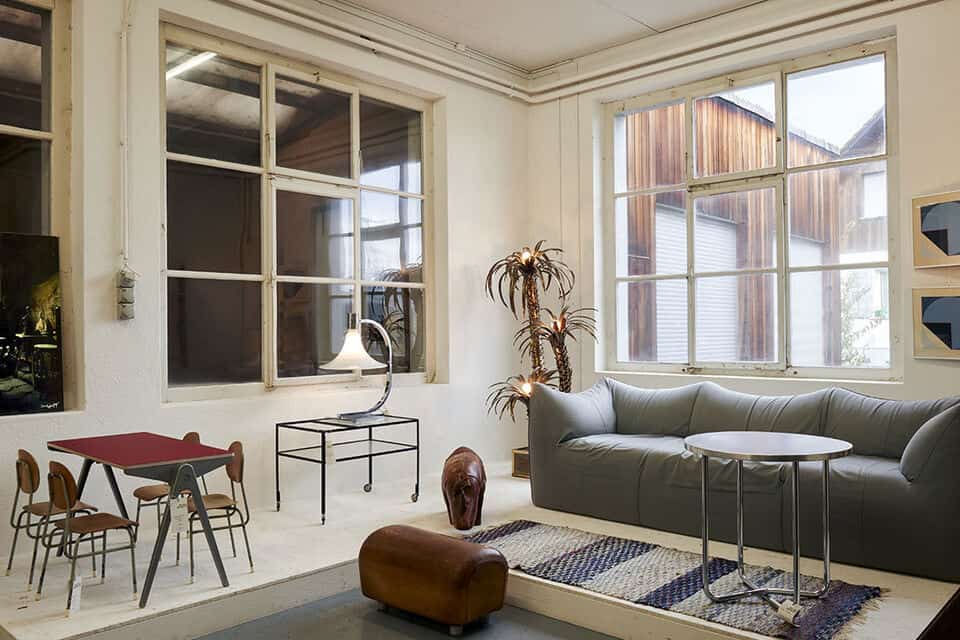
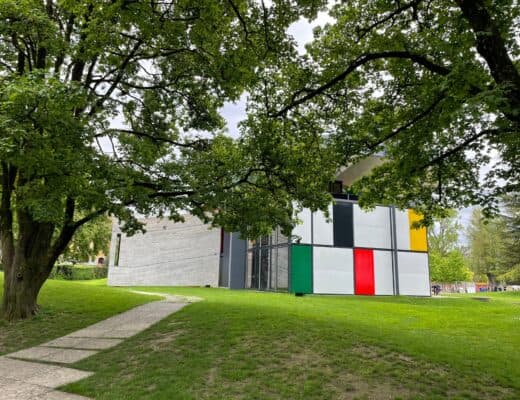
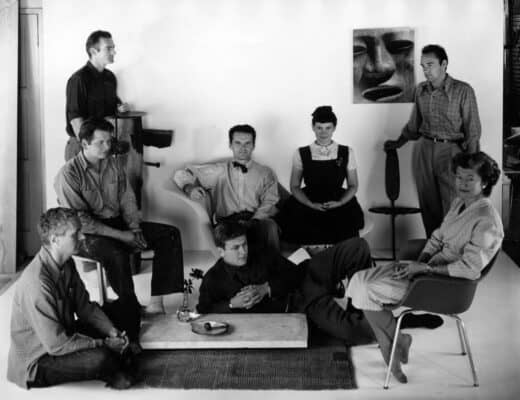
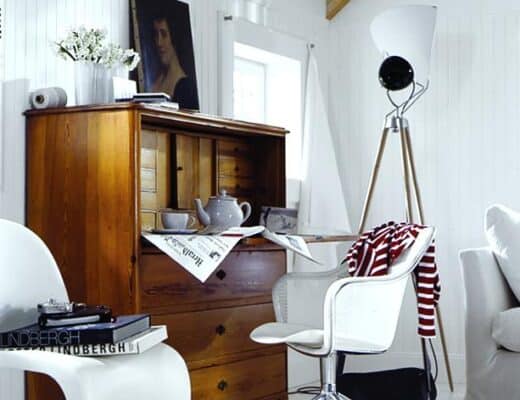
No Comments